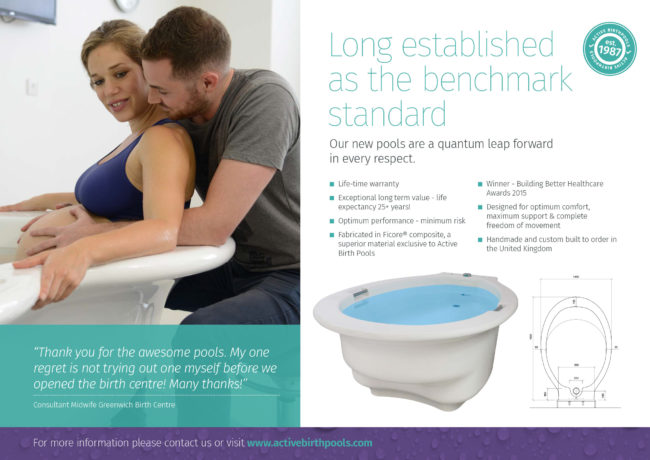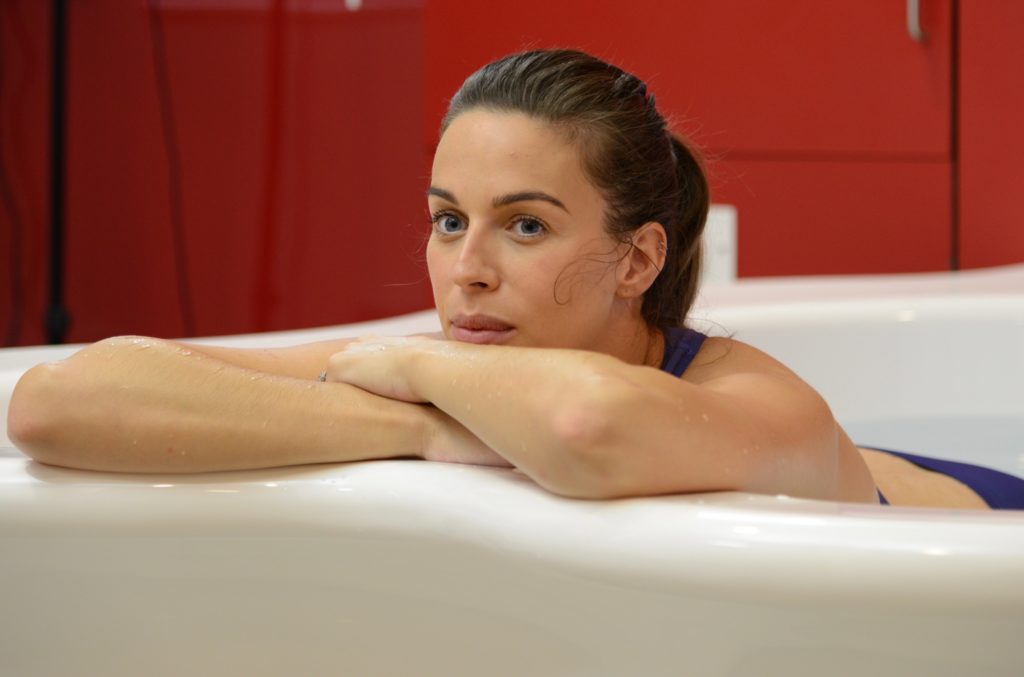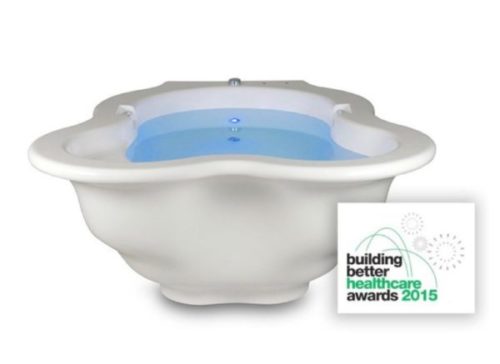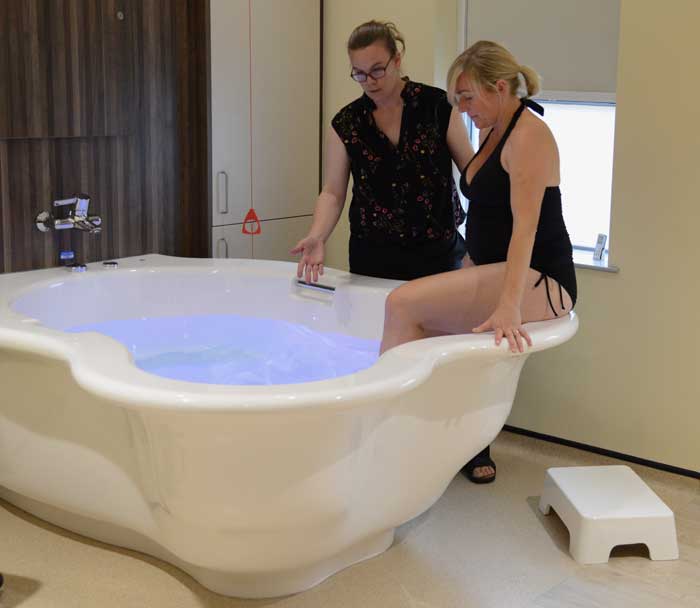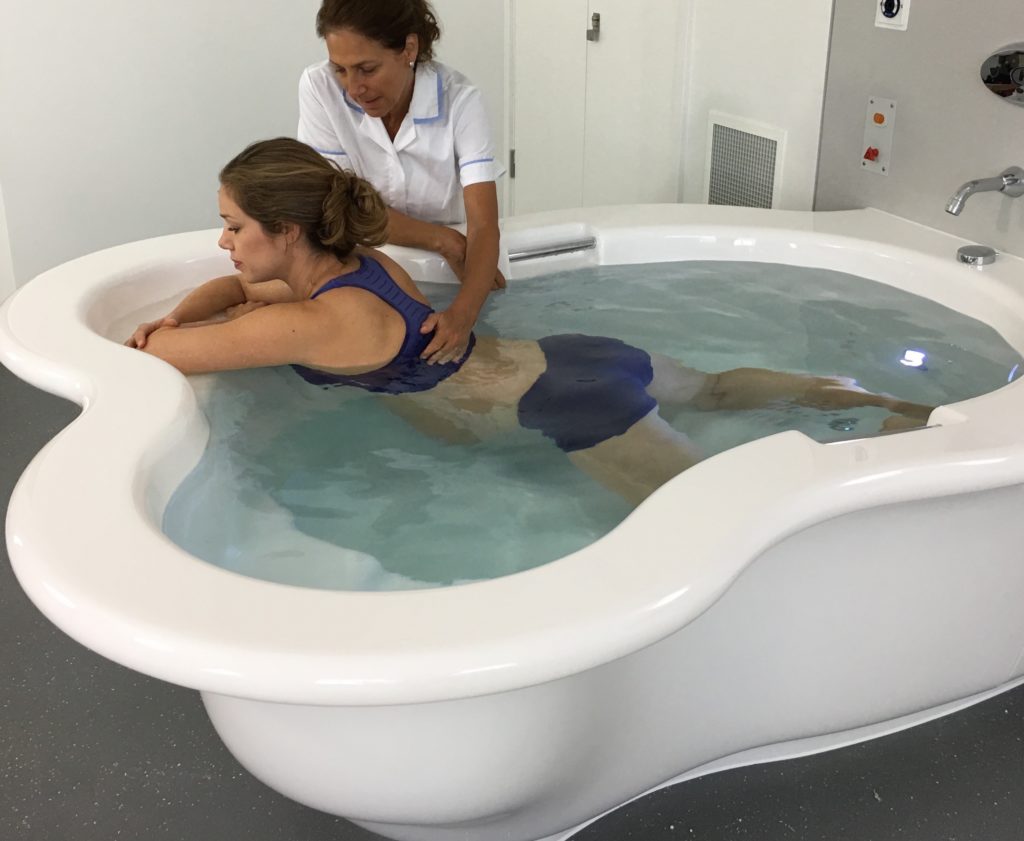There have been accounts of women labouring and giving birth in water mostly amongst peoples living near a source of shallow warm water such as the South Pacific islanders.
In most traditional societies the rituals and practices of childbirth have, until recent times, been a matter of secrecy and handed down through generations of women.
There are oral traditions of similar practices among the Maori, the Indians of Central America, and the Ancient Greeks and Egyptians.
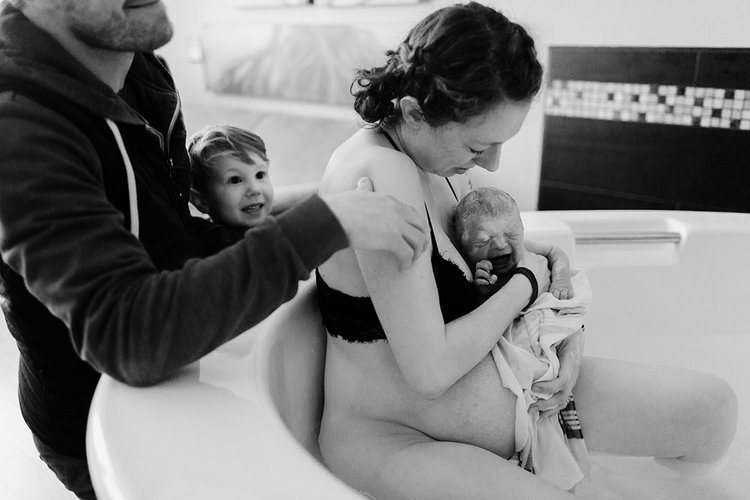
In 1805, the first account the use of water in Europe was documented.
A French woman, who had laboured for two days before being encouraged to get into a warm bath by her enlightened doctor then progressed to give birth to a healthy baby within an hour.
Sadly, for millions of women at the time there was no recognition of the importance of this event.
Aside from this, there are no accounts of a tradition of childbirth in water in Europe or other northerly regions.
The reason for this may be a simple matter of climate and plumbing.
Only with the widespread availability of artificially heated water and portable and installed birthing pools in comparatively recent times, has giving birth in water become a real option for women anywhere in the world.
Waterbirth was pioneered in the 1960’s by the Russian researcher Igor Tjarkovsky.
Using a large aquarium he installed a glass tank in his own home in Moscow in which many mothers gave birth .
Stunning photographs of these extraordinary births were published in the west and inspired the first water births.
For today’s generation of mothers, the key figure in the use of water for labour and birth is the French obstetrician Michel Odent.

In 1977 Odent installed a pool in the hospital at Pithiviers , not with the idea of promoting birth in water, but primarily as an additional option for pain relief and rest during long or difficult labours.
He has said ‘the reason for the birthing pool is not to have the baby born in water but to facilitate the birth process and to reduce the need for drugs and other interventions.’
Odent published his findings in the Lancet and his recommendations in this article provided the basis for the first midwifery guidelines for waterbirths.
Odent, M. Birth under water. The Lancet. December 24/31, 1983. pp 1476-1477
Inspired by news of what was happening in Moscow and France, the earliest waterbirths in the West took place at home in pools that were often improvised by the couples themselves and attended by independent midwives.
The parents created birthing pools using any large waterproof container they could find – including refuse skips, cattle troughs, inflatable paddling pools or garden ponds lined with a plastic sheet.
This happened simultaneously in several parts of the world and began to cause ripples in the world of obstetrics.
When reports and images of the first waterbirths were published, the world looked on in amazement.
The women who chose this way of birthing and their attendants were variously regarded as crazy, deluded, foolhardy or inspired.
The medical establishment rallied to condemn or at least call the practice into question, citing theoretical risks of infection and fears of the baby drowning.
Such fears have been largely appeased by the work of Dr Paul Johnson, neonatal physiologist at the John Radcliffe Hospital, Oxford.
His research on the mechanisms that trigger breathing in the newborn provided scientific confirmation of the safety of birth underwater at body temperature for babies who are not at risk.
He described how the baby is protected against the possibility of breathing while underwater in the few seconds between emerging from the birth canal and being lifted out of the water.
This response is known as the ‘dive reflex’.
Johnson, P. Birth under water – to breathe or not to breathe. British Journal of Obstetrics and Gynaecology, vol 103, no 3, March 1996. pp 202-208
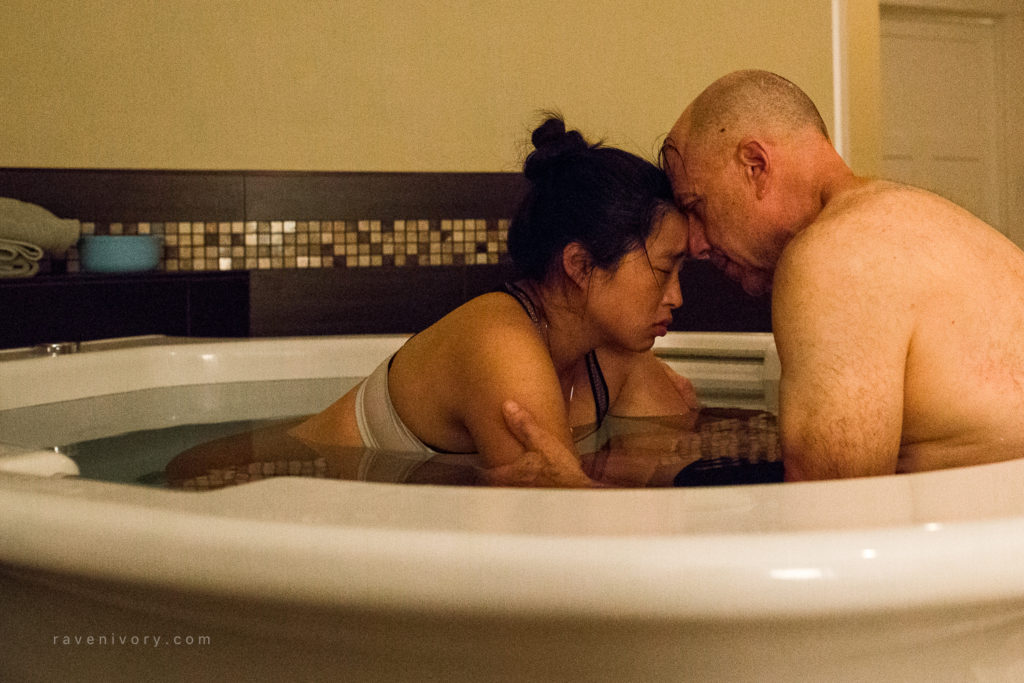
In 1999 Ruth E. Gilbert and Pat A. Tookey of the Institute of Child Health, London, published a hugely important study in the BMJ that effectively provided the ‘green light’ for labour and delivery in water.
It was a study of the outcomes for all babies born in water in the UK in a two-year period between 1994 and 1996.
A total of 4,032 waterbirths were included in the study (about 0.6 per cent of all deliveries).
All 1500 consultant paediatricians in the British Isles were asked if they knew of cases of perinatal death or admission to special care within 48 hours of labour or delivery in water.
The study showed that there was no increased risk to health for babies born in water as compared with babies born to other low-risk women on land.
Since then a burgeoning of interest in the use of water in labour in the UK has led to the development of a unique concentration of knowledge and expertise within the mainstream maternity system.
Positive encouragement to the use of water in labour and childbirth has come from the Royal College of Midwives, which recommends that midwives should develop the knowledge and skills to assist women at a waterbirth .
Water labour and birth is an option which is limited to ‘low risk’ women having an uncomplicated birth following a healthy pregnancy.
In the UK the issues of safe practice have been addressed by the health authorities, Royal College of Midwives, midwifery supervisors and one or two obstetricians.

A significant body of research studies and several important surveys have been undertaken.
Development has been more carefully and diligently monitored than many of the obstetric procedures that are widely used.
Against this backdrop, more of the managers of maternity services in the UK are increasingly being persuaded that the option of using water in labour and for birth should be available to all women.
The extent of the use of birth pools in the UK increased.
Pools are now used in hospitals as well as independent birth centres, some of which specialize in waterbirths, and in the community at home births with both independent and NHS midwives.
The Edgware Birth Centre in North London is an example of a new type of forward-thinking NHS birth unit.
Typically 70 per cent of women who give birth at the centre use water during labour and 50 per cent give birth in water.
Since it’s inception outcomes show far fewer interventions than for low-risk births at a conventional hospital birth unit.
This is a model of care which would transform our maternity services if widely adopted.
In October 2000 the UK’s Royal College of Midwives estimated that 50 per cent of maternity units provided facilities for labour or birth in water.
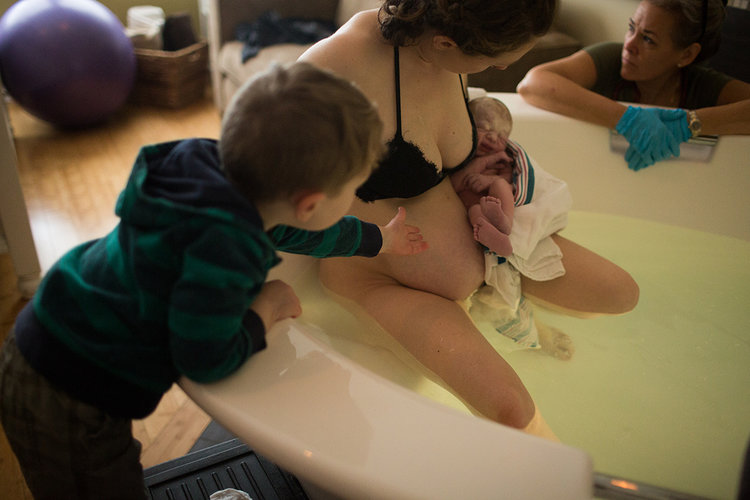
The usage of pool varied between 15 and 60 per cent, which may be an indicator of the significance of the role of the midwife in supporting and encouraging women to consider the use of water.
Since then the number of UK hospitals and birth centres with installed pools has risen to closer to 60 per cent.
However, that does not necessarily mean that the pools are being fully or enthusiastically utilized or that the pool is always available.
It’s not uncommon for women to be discouraged from using them or to be told that trained midwives are not available.
Sometimes stringent protocols around the use of a pool can limit it’s usefulness and frustrate both mothers and midwives.
Women who want to use a pool are often also told that this may not be possible if the pool is already in use.
It’s time for such problems to be addressed and for all women to have the possibility of using a birth pool wherever they choose to give birth.
Water birth is one of the greatest innovations in childbirth of our times and can no longer be regarded as a passing fad.
The use of epidurals today has reached epidemic proportions and contributes significantly to the high caesarean and intervention rate and is also very costly, requiring a high level of expert attendance.
The simple expedient of a pool of warm water is by now a proven way to confine the use of epidurals to those women who really need them and improve safety and quality of the birth experience.
